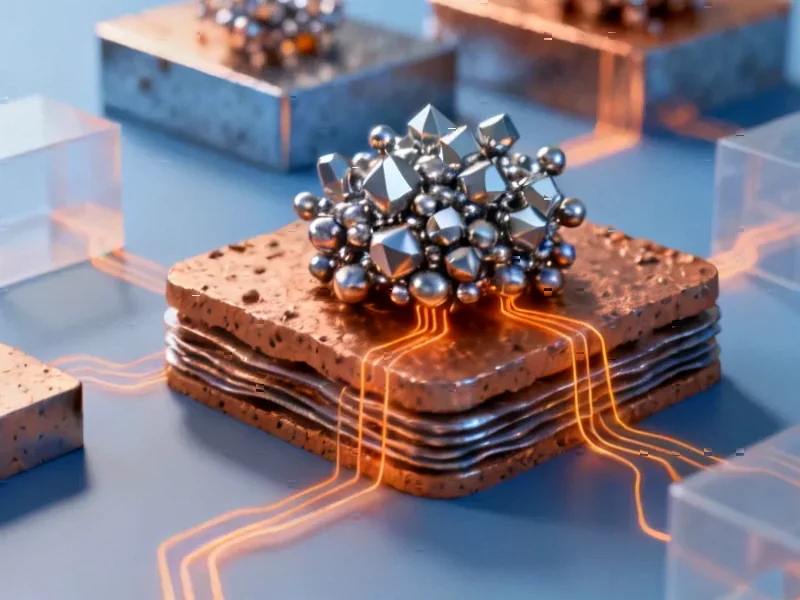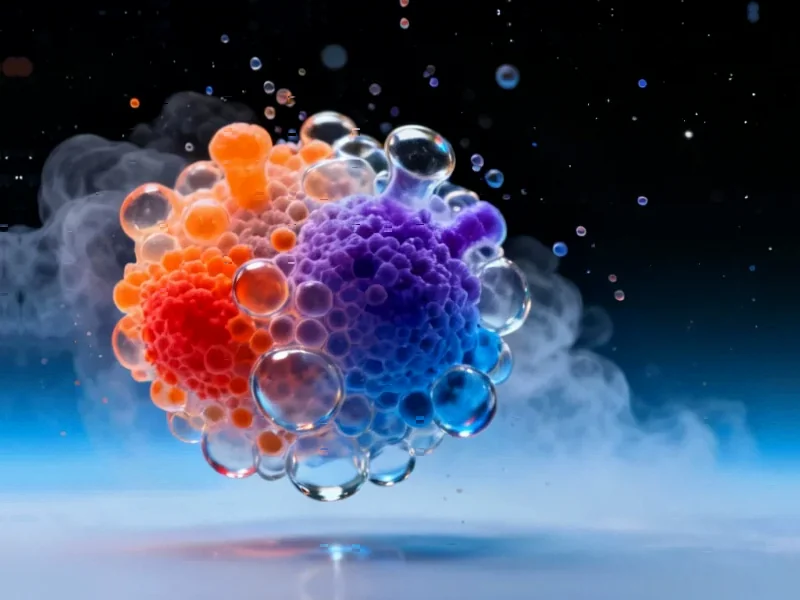According to Nature, environmental stressors like radiation, temperature changes, and oxidative stress can trigger malignant transformation by upregulating voltage-gated ion channel expression in human cells. The research presents a hybrid modeling framework that integrates Hodgkin-Huxley electrophysiological simulations with redox-sensitive transcriptional feedback, achieving over 90% accuracy in predicting tumorigenic transformation using AI models trained on both simulated and human datasets. This breakthrough enables simulation-guided drug target identification and informs electrophysiology-based therapeutic design.
Table of Contents
Understanding Bioelectric Cancer Mechanisms
The concept of malignant transformation has traditionally focused on genetic mutations and signaling pathway dysregulation, but this research highlights a fundamentally different dimension: electrical remodeling. When cells experience environmental stress, they don’t just accumulate DNA damage—they fundamentally rewire their electrical properties. The resting membrane potential, typically around -70mV in healthy cells, serves as a master regulator that determines which ion channels get expressed. This creates a dangerous feedback loop where depolarization begets more depolarization through altered transcription of voltage-gated channels.
Critical Analysis of the Electrical Cancer Hypothesis
While the computational models show impressive predictive accuracy, translating these findings into clinical applications faces significant hurdles. The biggest challenge lies in selectively targeting cancer cell electrical properties without disrupting normal excitable tissues like neurons and cardiac muscle. Many proposed ion channel blockers would cause unacceptable neurological or cardiovascular side effects. Additionally, the model’s simplification of calcium and TRPV channel dynamics might overlook critical nuances in real tumor environments where these channels play complex roles in metastasis and treatment resistance.
Another concern is the potential for adaptive resistance—cancer cells might simply switch to alternative ion channel expression patterns when confronted with channel-specific inhibitors, much like they do with conventional chemotherapy. The research also doesn’t fully address how tumor microenvironment factors like hypoxia and nutrient starvation interact with these electrical feedback loops, creating potential blind spots in therapeutic predictions.
Therapeutic and Diagnostic Implications
This research fundamentally shifts how we might approach cancer detection and treatment. Instead of waiting for morphological changes or genetic markers, we could potentially detect voltage-gated ion channel expression patterns as early warning signs of transformation. The finding that different membrane potential thresholds trigger specific channel classes (-50 to -30mV for calcium channels, above -30mV for sodium channels) provides a roadmap for stage-specific interventions.
The most immediate impact will likely be in drug repurposing—many existing neurological and cardiovascular drugs target the very ion channels that cancer cells hijack. Drugs like sodium channel blockers used for epilepsy or calcium channel blockers for hypertension could find new life as cancer therapeutics. The AI model’s ability to predict transformation also opens doors for personalized screening approaches based on individual environmental exposure histories.
Future Directions in Bioelectric Oncology
We’re likely to see rapid development in non-invasive electrical imaging technologies that can detect membrane potential changes in tumors. The next frontier will be developing “electrical biopsies” that complement traditional pathological examination. The connection between altered calcium signaling and electrical remodeling also suggests combination therapies that target both electrical and chemical signaling pathways simultaneously.
Longer term, this research points toward a new class of “bioelectric therapies” that could include implanted devices to maintain normal membrane potentials in at-risk tissues, or targeted delivery systems that restore proper ion channel expression patterns. The biggest opportunity lies in prevention—if we can identify and interrupt the early electrical changes that precede full transformation, we might stop cancer before it even develops the hallmarks we currently treat.



